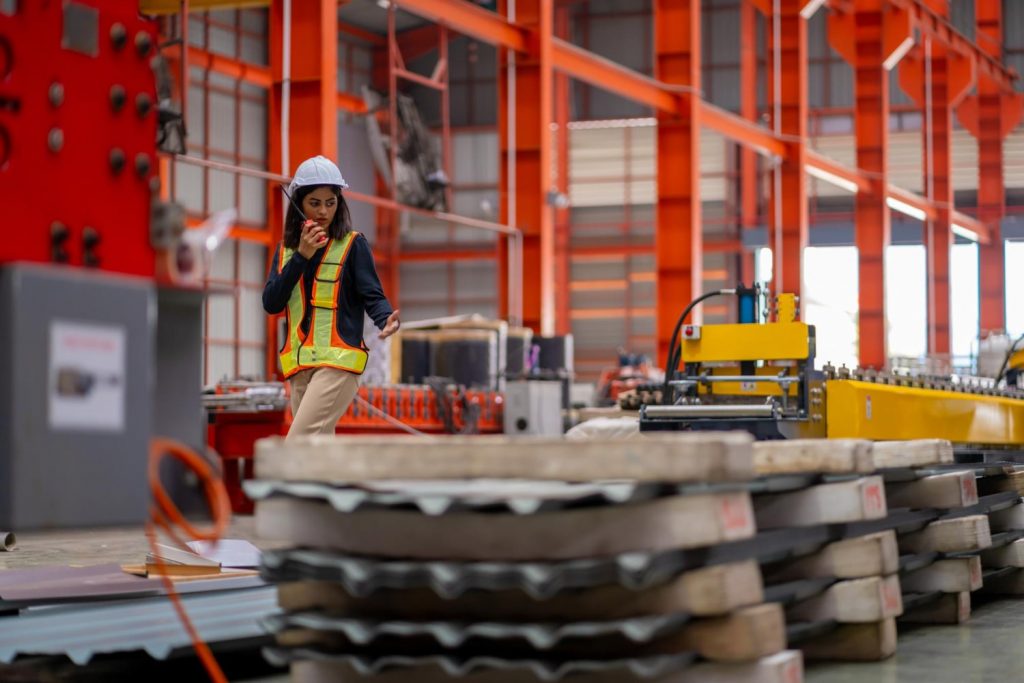Traditionally, a micro-fulfilment center (MFC) has been thought to be up to 10,000 square feet in space and with the capacity to store up to 15,000 products. To reduce last-mile delivery costs, MFCs are typically located in urban and high-population areas, which are closer to e-commerce consumers.
This brings us to the question: if an MFC is a location or a business strategy? What if we said that as a strategy, any order fulfillment center that can maintain high throughput is effectively an MFC?
This can be a large warehouse facility, distribution center, dark store, or even the backroom of a local retail store. For instance, Walmart is launching automated MFCs – within select Walmart stores.
As a location, an MFC can even convert a piece of non-performing real estate into an efficient order fulfillment center – as long as it can sustain a high throughput. Having said that, as the “next big thing in retail,” MFCs cannot deliver a high throughput using traditional automation systems. Here are some of the complexities:
- Lack of integration
With “traditional” automation systems, MFCs and warehouses face the challenge of lack of integration with existing third-party systems. This includes the likes of solutions like ERP, warehouse management, and logistics management. Besides the lack of integration, legacy systems cannot scale and handle the massive increase in order-related data generated in MFCs and distribution centers.
To counter this challenge, retailers need an automated order fulfillment solution that can easily integrate with third-party solutions and legacy systems. Further, last-mile order fulfillment professionals can study their existing MFC infrastructure and customize the integration strategy.
- Omnichannel order fulfillment
Modern retail businesses are omnichannel, meaning selling their products through physical stores, e-commerce shops, and third-party marketplaces. Legacy solutions are unable to deliver an omnichannel strategy, which can integrate across sales channels. They also lack the necessary APIs to connect multiple channels and deliver a high throughput.
Modern MFCs and distribution centers need a “smart” fulfillment solution that can overcome this limitation by connecting with new marketplaces and online stores. With real-time inventory tracking, they enable retailers to implement a successful omnichannel strategy to grow their business.
- Lack of predictive capabilities
Retailers can drive up their storage costs by overstocking their MFCs and distribution centers. With traditional retail solutions, they cannot predict future consumption patterns (for instance, seasonal items) and maintain adequate inventory. Besides inventory management, retail systems must have efficient predictive capabilities in areas like:
- Optimizing the warehouse’s picking path.
- Hiring labor for any upcoming shopping season.
- Optimizing the reroute path to minimize shipping costs.
With a “smart” automation solution, retailers can leverage their data “intelligently” to arrive at informed predictions and decisions.
- Lack of scalability
Order fulfillment is impacted by a variety of factors including:
- The volume of processed orders
- Managed product SKUs
- Location of MFCs and distribution centers
Traditional fulfillment solutions are limited by the volume of operational data and transactions. As any retail business grows, its lack of scalability can lead to poor throughput and performance issues.
To meet their growing demands, retailers need a scalable system that can keep up and deliver consistent throughput – without any cost escalation. This allows them to adapt their MFCs to changing market conditions and meeting customer demands.
- High installation and deployment time
With the increasing demand for same-day deliveries from customers, retailers have more opportunities to implement MFCs across multiple locations. However, the challenge is to launch more MFCs and warehouses in quick time. Traditional automation solutions take a long time to install and deploy in any facility, thus increasing installation costs and efficiency.
Automation solutions must be quick and simple to deploy in any setting. Even with limited floor space, order fulfillment centers must be ready for deployment without using any heavy material handling equipment.
- Inefficient materials handling
Materials flow and handling are important factors that can impact throughput in any order fulfillment center. With traditional fulfillment solutions, retailers can face multiple challenges with materials handling including:
- Mismanaged inventory
- Inefficient order pickups
- Packaging delays
- Labor-related challenges
An automated fulfillment solution can automate materials handling and movement, thus delivering a consistent throughput. It ensures smooth material flow by minimizing waste. Through proper logistics, order fulfillment solutions can meet changing customer demands and increase customer satisfaction.
Role of Carte+ in Order Fulfillment
At Cartesian Kinetics, we believe that traditional warehouse solutions cannot work in the age of same-day deliveries and MFCs. This is why we are “rethinking” automating our order fulfillment solution to meet modern consumer demands.
As an automated solution designed for MFCs, Carte+ addresses various challenges in order fulfillment through:
- Quick installation and deployment in any facility in less than 6 weeks
- Improved order throughput at over 450 totes per hour
- Optimum space utilization using 8-inch ceiling heights
- Faster ROI in less than 2 years
Experience the business value that our Carte+ solution delivers to your retail business. Reach out to us today!





